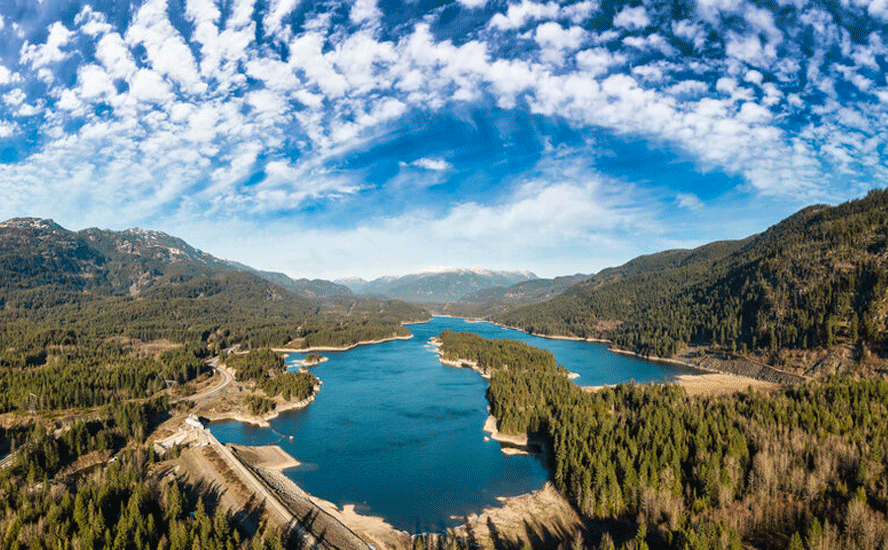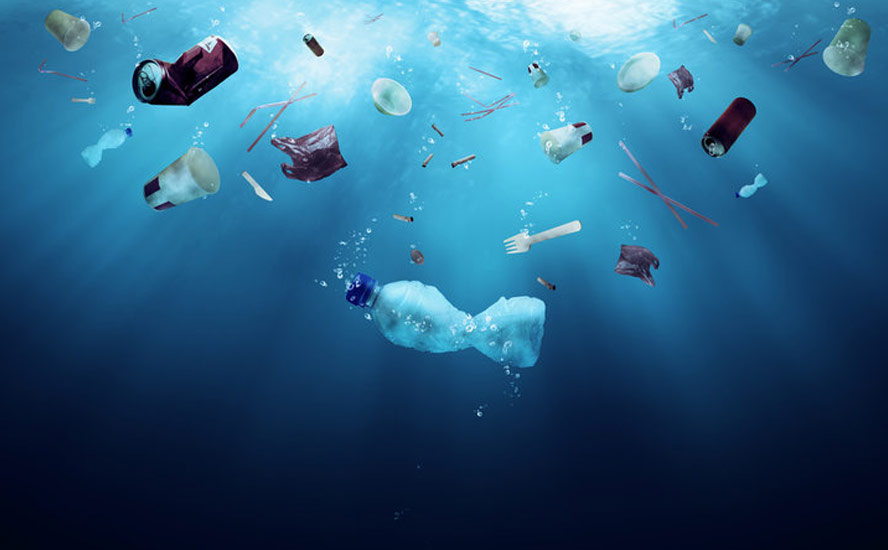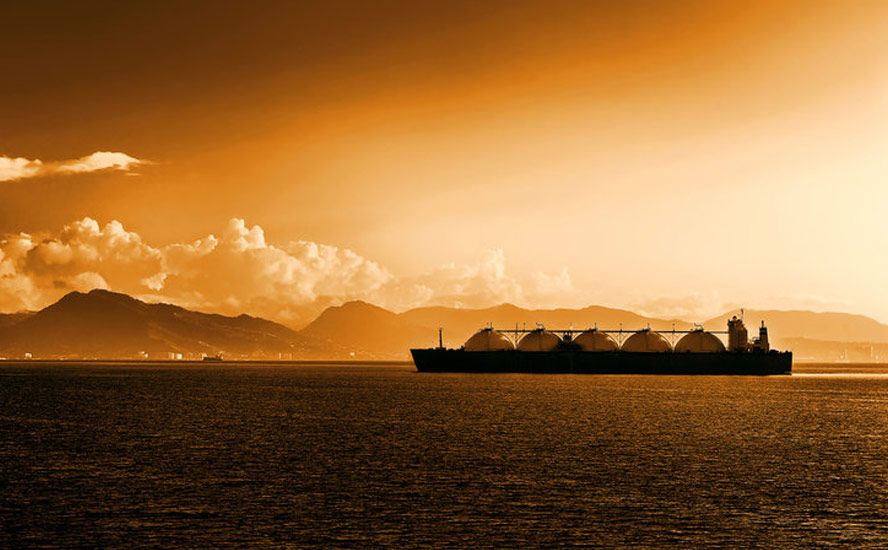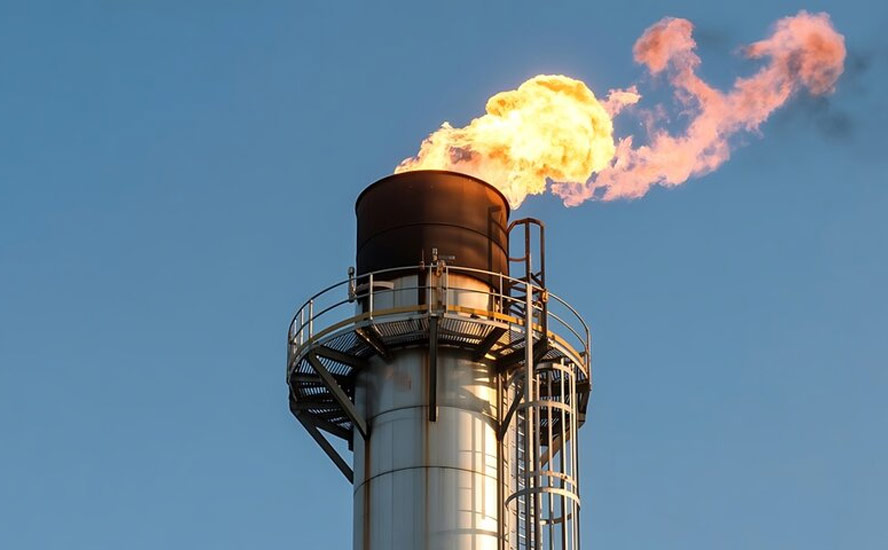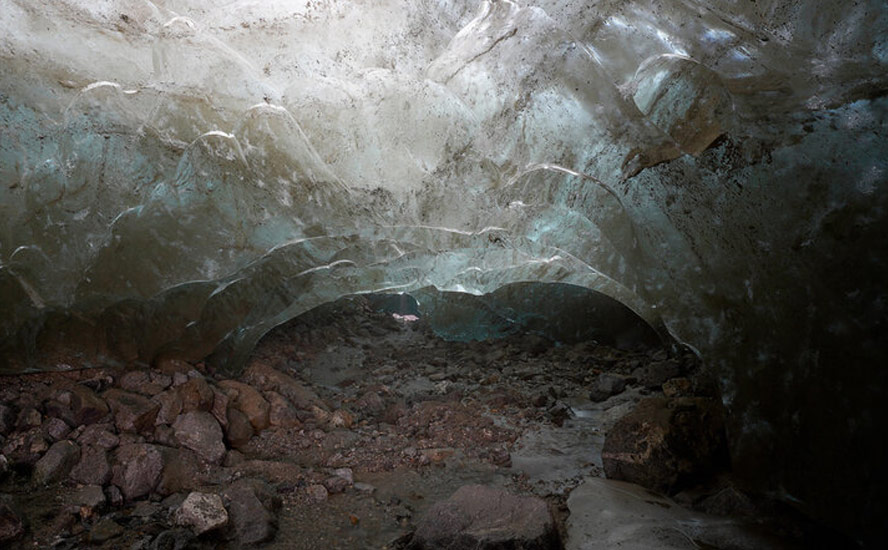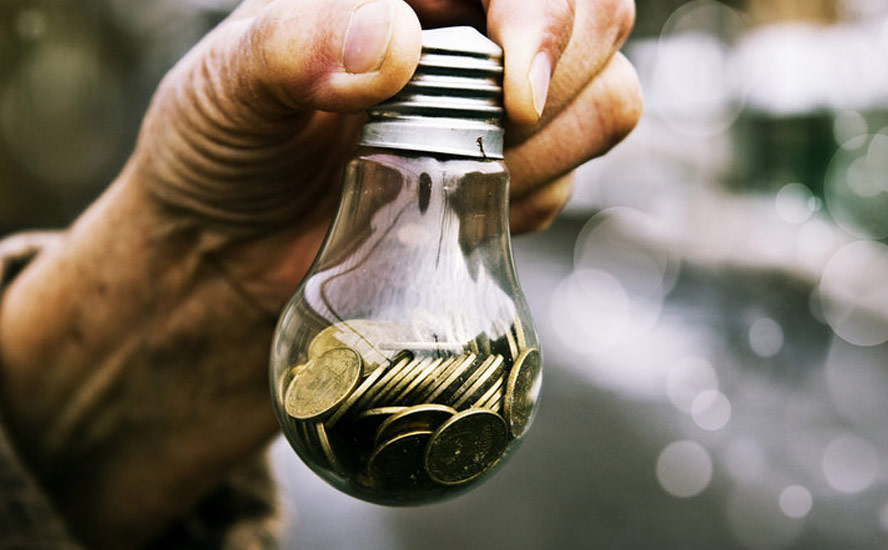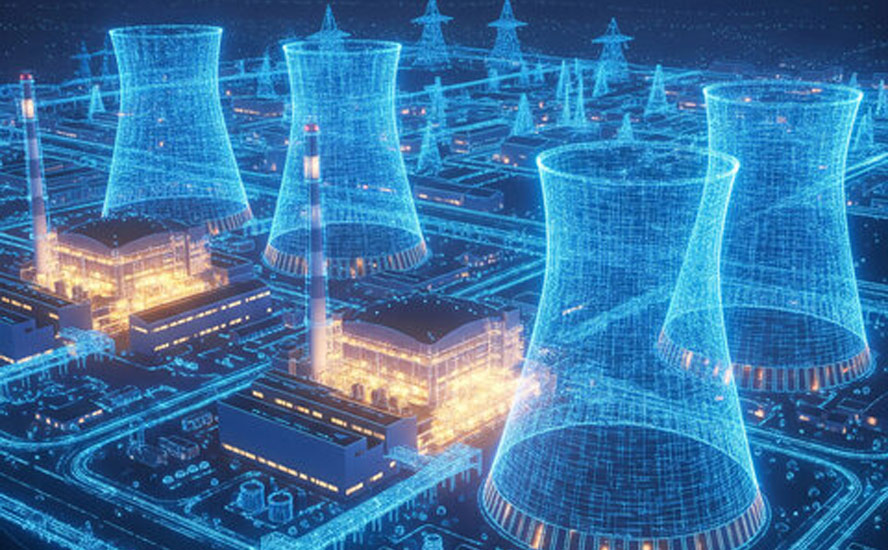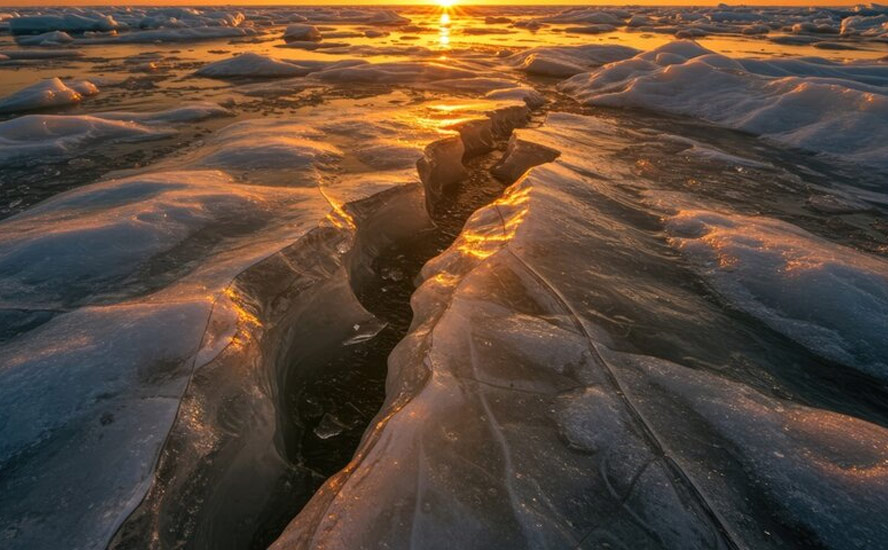New Brunswick nuclear energy vs BC LNG

2019.01.30
The nuclear powered energy train has left the station in the Eastern Canadian province of New Brunswick. The destination? A carbon-free energy future. Meanwhile, on the other side of Canada, British Columbia has gone with the symbolic equivalent of a ‘65 Mustang (love the car by the way), with good old-fashioned hydroelectric power and natural gas as its chosen sources of 21st century electricity.

“We are positioning New Brunswick as a leader in small modular reactor development and deployment in Canada on a global scale. We are looking to grow our economy while we transition to a lower-carbon environment, and partners like Moltex have the ability to make advancements in the energy sector.” Provincial Energy and Resource Development Minister Rick Doucet
The cost of building a new, massive hydroelectric dam on the Peace River, in BC’s northeast, is estimated at $10.7 billion. Construction on Site C has started and BC Hydro has already spent C$3.2 billion.

BC taxpayers will also cough up $5.3 billion worth of tax breaks for a liquefied natural gas (LNG) plant and pipeline called LNG Canada – the first of many (13 more have been proposed) LNG projects, all connected by pipelines, likely to be built up and down the BC coast, to ship natural gas fracked from BC gas fields to customers in Asia.
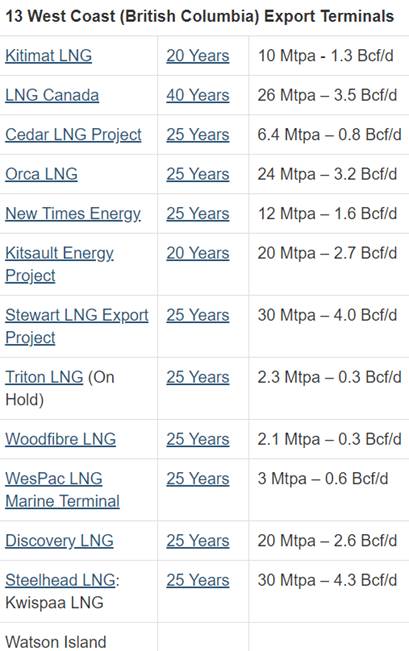
That’s $16 billion for Site C and LNG Canada put together.
By contrast, last summer the New Brunswick government committed just $10 million towards building a “nuclear research cluster” that includes a demonstration Stable Salt Reactor – Wasteburner (an SSR-W is suitable for grid-scale power, between 300 megawatts and 3GW) to be powered by spent uranium. SSRs can also use thorium as the nuclear fuel. A full-sized SSR-W is planned for 2030.
How much would that cost? It’s hard to say looking that far ahead, but according to the manufacturer, the UK’s Moltex Energy, a 1-gigawatt SSR reactor would cost $2 billion. New Brunswick’s planned SSR and BC’s Site C are of equivalent size as the $10.7B Site C has a design capacity of 1.1GW compared to 1GW for the $2B SSR.
Moltex adds that the levelized cost of energy (the price a power station must receive over its lifetime to break even) of an SSR is one third the cost of coal, natural gas and conventional nuclear power – $45 a megawatt-hour.
“As the costs of nuclear energy and of renewables converge to a level well below todays fossil fuel power costs, the era of burning coal and gas for electricity production will draw to a close.” – Moltex Energy
That means New Brunswick’s plan for future emissions-free, green power is 80% cheaper, in terms of capital costs, than BC’s Site C hydroelectric dam, and 87.5% the cost of Site C plus LNG Canada tax breaks. So not only does BC’s wrong-headed energy strategy cost taxpayers eight times as much as New Brunswick’s, but it is also a lot worse for the environment, as we shall prove. When will the people of BC wake up and see what a colossal mistake the province is making in embracing liquefied natural gas?
What powers the batteries?
At Ahead of the Herd, we’ve been consistently beating the drum of energy metals, specifically lithium and rare earths, along with uranium and thorium, as being the panacea for the dilemma the Earth and all its inhabitants are in concerning global warming.
On the one hand we need a lot more electricity for growing populations in developing countries, and to keep up the lifestyle we’ve become accustomed to in the West. We are addicted to oil, oil by-products and natural gas. On the other hand, we are facing a climate change crisis of apocalyptic proportions. The problem is so big, with so many aspects, that governments, driven by self-interest, are unwilling and unable to cooperate to find solutions (other than vague pledges to limit global temperature rises) – leaving businesses to pick away at the edges of it.
But we have another problem. Even if we accept that electrification of our global transportation system is a necessary part of the solution to slow global warming, and to clean up our planet, it doesn’t solve the issue of the batteries. Yes, the batteries. Without a way to generate all that extra electricity needed to power the expected 1 billion electric vehicles on the road, from the current 4 million, not to mention the electrification of industry and the world’s militaries (the US Military is looking at small nuclear reactors that could be shipped to provide electricity at forward bases), we are no further ahead if we continue to use dirty forms of energy like coal and natural gas.

We love solar and wind, but renewables, despite their costs per kilowatt hour dropping, still have the intermittency problem; they can only produce power when the sun shines or the wind blows. There needs to be a way to store the energy for future use. Battery storage technology is progressing, and will most likely involve lithium ion batteries, but we’re not there yet. We need to act quickly before the effects of climate change worsen. We’re already seeing it in more frequent droughts, forest fires, storms, flooding, rising sea levels, and species extinction. We’ve come to the conclusion that the only way to achieve the necessary “bang for the buck”, while not adding to carbon emissions, is nuclear power. Bottom line? New Brunswick gets it, BC doesn’t.
New Brunswick’s Stable Salt Reactor
The strategy to build an SSR “Wasteburner” reactor comes via New Brunswick Energy Solutions Corporation, a joint venture formed in 2017 by the provincial government and NB Power, which operates the Point Lepreau nuclear power plant. New Brunswick is the only province outside of Ontario that uses nuclear power – the generating station near the Bay of Fundy has a capacity of 705MW.
The idea is to build a demonstration SSR-W plant at Point Lepreau, as part of a nuclear research cluster that will research the development of small, modular nuclear reactor technology in New Brunswick. As mentioned the plan is to up-size the reactor to full size by 2030.
“The Moltex stable salt reactor technology is a perfect fit for New Brunswick’s power needs,” Moltex CEO Stephen Haighton said in a July 13, 2018 press release. “It uses spent nuclear fuel, which could help solve the province’s future spent-fuel disposal challenge. It is a physically small modular reactor but is able to store energy, so can double or triple its output at peak demand times during the day. Most importantly, the stable salt reactor technology produces very low-cost, clean energy and can reduce the cost of electricity to consumers while achieving low-carbon targets.”
So far there are two partners to the project: Advanced Nuclear Concepts is developing the ARC-100, a sodium-cooled fast reactor with a metallic uranium alley core, capable of delivering 100 megawatts of electricity. Moltex will design the reactor, and has also submitted a concept, using molten salt heat storage, to enable the reactor to supplement intermittent renewable energy.
According to Thorium Energy World, SSR technology is able to store grid-scale energy, allowing the power plant to output peak power to the grid for several hours, at three times the reactor’s power, during periods of peak demand. This would effectively compensate for the intermittency of wind and solar power.
Natural Resources Canada earlier this year launched a process to prepare a roadmap to explore the potential of on- and off-grid applications for SMR technology, aiming to position the country to become a global leader in the emerging SMR market. National nuclear science and technology organisation Canadian Nuclear Laboratories has set a goal of siting a new SMR on its Chalk River site by 2026, and Canadian company Terrestrial Energy in June last year began a feasibility study for the siting of the first commercial Integrated Molten Salt Reactor at Chalk River. The CNSC is currently involved in pre-licensing vendor design reviews for ten small reactors with capacities in the range of 3-300 MWe. World Nuclear News, Moltex partners in New Brunswick SMR project

So what is a stable salt reactor? The SSR is a version of the molten salt reactor (MSR), powered by thorium, that we wrote about in a previous article on thorium – Uranium’s ugly stepsister. The article was titled as such because uranium was chosen over thorium back in the 1960s due to uranium’s ability to produce nuclear weaponry; thorium does not have this capability. While technology exists to produce thorium-fueled nuclear reactors, which have several benefits over conventional water-cooled reactors powered by uranium, they are still under development, although several countries have plans to deploy them – including India, Holland, Indonesia and the United States.
The SSR reactor generates power through convection, from static vertical tubes in the core, to convey heat to the steam generators.
Unlike conventional nuclear reactors, under Moltex Energy’s design, SSR reactors do not need expensive containment structures. They are also safer, because they do not contain harmful gaseous by-products like caesium-137 and iodine-131, which escaped during the Chernobyl accident. Instead the reactors contain non-volatile salts, which cannot leave the reactor.
The reactor core is composed of modules with 10 rows of 10 fuel assemblies, sitting in a tank of coolant salt. Each fuel assembly contains nearly 400 thin fuel tubes, just 10-mm in diameter. A key point about SSRs is their portability; a 1,200-megawatt reactor could fit on the back of a truck, according to Moltex.
The fuel is composed of two-thirds sodium chloride (table salt) and one third plutonium (spent uranium fuel) with mixed lanthanide/actinide trichlorides. This is another advantage of an SSR versus a water-cooled reactor. Instead of burying the spent nuclear fuel deep underground until its radioactivity levels are considered safe, the reactor burns plutonium – thus providing a feedstock for spent nuclear fuel and therefore a solution for dealing with spent nuclear waste that would otherwise have to be stored underground for thousands of years.
Thorium World states that the SSR-Wasteburner leaves radioactive waste that has a half-life of 300 versus 300,000 years. According to Moltex, future SSR designs include a uranium burner (SSR-U) that would burn low-enriched uranium, and a thorium breeder (SSR-Th) which contains thorium in the coolant salt that can breed new fuel.
Fracking ban
New Brunswick’s decision to go with “new nuclear” versus fossil fuels for future energy was no doubt influenced by a fracking ban implemented in 2014. The ban was in response to an ugly confrontation between the Elsipogtog First Nation and RCMP which result in six police cars being torched and 40 people arrested. Members of the native band were protesting a shale gas project. The same year Nova Scotia passed a ban on hydraulic fracturing. Fracking moratoriums are currently in place in Quebec, PEI, Newfoundland and the Yukon, along with New York State, Vermont and Maryland.
New Brunswick’s fracking ban is under threat. In November 2018 the Liberal Opposition introduced legislation that would write the ban into law, which would make it harder for the minority Conservative government to undo it, CBC reported. Lifting it would make way for new natural gas wells a major New Brunswick natural gas developer wants to drill near the Turtle Creek reservoir, which supplies drinking water to Greater Moncton. Corridor Resources wants to expand its 32 producing wells around Sussex, southwest of Moncton.
BC’s LNG disaster
While New Brunswick fights to keep frackers away from the province and researches a plan to augment its existing nuclear power, British Columbia is inviting more natural gas development as it moves forward on a liquefied natural gas industry first proposed by the BC Liberal government. The NDP which won the 2017 election and governs with support from just three Green Party MLAs, last September approved a $40 billion project by LNG Canada, for an LNG compression facility in Kitimat, and a pipeline that would run from the Montney natural gas play to the Kitimat plant.
The project is the biggest new liquefied natural gas facility approved globally since Russia’s Yamal project in 2013.
The NDP also approved Site C, the new hydroelectric dam being built on the Peace River, after sending it to the BC Utilities Commission for review. While there has been debate over whether BC needs the extra 1,100 megawatts of power, BC Hydro, the Crown corporation, is on the record as saying that at least three LNG companies will need power from Site C. In other words, yes we will need the power, but not for BC residents; it’s for the LNG industry.
The natural gas, when it arrives at the terminal, is unsuitable for transport. To turn it into a liquid, it must be cooled to 163 degrees below zero. To do that requires a great deal of power, with massive compression units running 24/7.
It’s estimated that if LNG Canada were to use only hydro-electric power to convert NG to LNG, would require 40% of the capacity of the Site C dam currently being built. The more likely scenario is that LNG Canada will use a combination of hydro electricity and natural gas to power the plant – the same fracked gas that came via pipeline to the terminal. And it makes sense to do that, since NG is a lot cheaper than hydro. The cost, however, is a major increase in carbon emissions.
But let’s say that LNG Canada does go all-green and powers its Kitimat facility with 40% of Site C’s capacity. What happens if another LNG project gets built of similar size? Presumably that would also use power from Site C. Now 80% of the new dam built for British Columbians is going to the LNG industry. Add a third, and a fourth – well, you get the idea.
A lot of BC residents are okay with the idea of LNG Canada, though many are not; proponents have bought the big lie that natural gas is clean energy. It’s not.
Where do you think all the natural gas to be compressed into liquid form for transport comes from? It comes from BC’s natural gas reserves, extracted from the northeast corner, mostly from the Montney tight gas play – which contains more gas than four of the largest fields in the US.
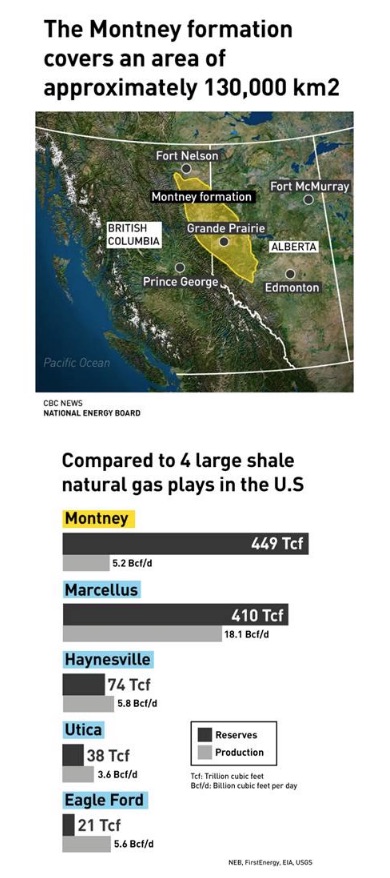
The natural gas for LNG Canada will be fracked gas, because almost all of BC’s conventional gas reserves are depleted.

Extracting natural gas through hydraulic fracturing, transporting it to a terminal, and then super-cooling it for transport in tankers, is not clean energy; in fact, it may even be dirtier than coal.
In most cases, the same fracked natural gas is used to run the compression units, which pretty much defeats the purpose of LNG as “clean”.
According to a study by Wood Mackenzie, LNG will be the biggest source of carbon emission growth by 2025 – due to strong demand from Asian buyers.
We have written extensively on the negative effects of natural gas on human health, the environment, and fresh water supplies. In summary these are:
- Methane emissions: Natural gas is mostly methane (CH4), a potent greenhouse gas that is 25 times more efficient than carbon dioxide at trapping heat in the atmosphere over a 100-year period. (the Intergovernmental Panel on Climate Change says methane is 86 times more damaging than CO2 over 20 years). Fugitive methane emissions run from 1% to 9% of total natural gas life cycle emissions. In order for natural gas power plants to be cleaner than coal, methane emissions over the plant’s life cycle must be kept below 3.2%, according to one study. The biggest methane leak in US history occurred in California in 2015. It took SoCal Gas nearly four months to plug the leak at the Alison Canyon gas field – during which an estimated 109,000 tonnes of methane was released into the atmosphere.
- Fresh water depletion: Each well uses between 1.5 million and 15 million gallons (American Geosciences Institute) of locally-sourced fresh water (an estimated 28,000 wells have been drilled so far in northeastern BC; that number could easily double), which will be permanently contaminated by toxic chemicals contained in the fracking fluid, in ground contaminants and the mixing of the two to create new toxic substances. This water is being taken by oil and gas companies for free, that could be used for drinking, by animals or humans, or for irrigating crops and pastures. Billions of gallons of fresh water will be destroyed.
- Water and air pollution. One 4-million-gallon fracturing operation would use from 80 to 330 tons of chemicals and each well will be fracked numerous times. Methane concentrations are 17 times higher in drinking-water wells near fracturing sites than in normal wells. Hydraulic fracturing increases the permeability of shale beds, creating new flow paths and enhancing gas leakage into aquifers. Fracking has caused benzene poisoning among pregnant native women in northeastern BC – natural gas country. Benzene is a known carcinogen that’s been linked to low birth weights and birth defects. Burning natural gas produces nitrogen oxides found in smog, while drilling causes hazardous air pollutants including particulate matter and ozone. It’s been found that people who live near areas where hydraulic fracturing is taking place, are more likely to be hospitalized for heart conditions, respiratory diseases, neurological illness and cancer.
- Earthquakes. A study published in 2016 found that both fracking wells and wastewater disposal wells, increase seismicity. A major research project testing seismicity in northeastern BC found a 13-fold increase in the number of earthquakes under 2.5, from just 14 between 2009 and 2013, to 186 for one year, between August 2013 and August 2014. The data corresponds with a dramatic increase in natural gas production in both BC and Alberta during roughly the same time period. Fracking has been halted in northeastern BC because of fracking-caused earthquakes.
- Threats to dams and other structures. BC Hydro officials in 2009 became alarmed that a coal-bed methane operation near its Peace Canyon Dam – 23 km downstream from the W.A.C. Bennett Dam, the world’s seventh largest hydro reservoir. Yet the Crown Corporation said nothing publicly about its concerns, which may become even more prescient once the Site C dam is built, especially if fracking is done anywhere close to the structure.
- Killer whales extinction. Marine biologists found that if male killer whales swim close to freighters, they are bothered by the noise, which can be as loud underwater as 173 decibels, around the same level as a loud rock concert. The noise interferes with the whales’ ability to find food, mainly chinook salmon, and mates. Concern about the effects of shipping on Pacific Northwest orcas led to a Washington State task force recommending a 3 to 5-year moratorium on whale-watching tours. LNG Canada is expected to bring another 350 vessels to BC waters per year.
- Climate change acceleration. More methane and other emissions from natural gas development will result in higher carbon levels in the atmosphere, which have been shown to increase global temperatures. The effects are likely to include: the melting of Arctic permafrost to expose large lakes bubbling with methane gas; The crack of a glacier breaking apart was the trigger for the Mount Meager landslide near Squamish. Researchers think that warming temperatures are responsible for the “fumaroles” atop Mount Meager emitting hydrogen sulfide, carbon dioxide and steam. They are studying the gases, the expansion of the fumoles, and how fast the ice is shrinking, which could trigger an eruption and a landslide like in 2010, only 10 times worse; more prolonged droughts causing more forest fires of increasing intensity – last summer’s fire season in BC was the worst on record. Some fires were so hot, they couldn’t be put out with water alone.
A UN report last year said that limiting the temperature of the Earth to a 1.5-degree rise means that people will have to immediately change the way they use energy, read fossil fuels, to avoid environmental catastrophe.
There is no way the BC government is going to be able to meet its climate change goals by approving LNG Canada. The province has committed to cutting greenhouse gases by 40% by 2030 (and 80% by 2050) but LNG Canada would produce 3.45 megatonnes of carbon a year. And that’s with just the first phase; the plan is to double the gas output.
Another dumb BC decision
British Columbia could have rejected LNG, based not on politics but sound science (as we have), and pinned its low-carbon energy future instead on existing hydroelectric power, with the addition of one or more nuclear reactors.
An excellent example is the SSR-Wasteburner reactor planned for New Brunswick fueled by depleted uranium and possibly thorium in future.
Just as New Brunswick’s decision was informed by a fracking ban, in BC we have a uranium mining ban, meaning any suggestion of nuclear be rejected outright. That’s a mistake. British Columbia used to mine uranium, but a moratorium was passed in 1980. When it came up for review in 1987, the moratorium wasn’t renewed, until 2009, when the BC government retroactively banned permits for uranium exploration.
Any notions of a nuclearized BC are dispelled in the Clean Energy Act which states the intention “to achieve British Columbia’s energy objectives without the use of nuclear power”.
Conclusion
BC is dead-set against nuclear. Instead, we are going with Site C, a controversial project in itself that will flood about 6,500 hectares including agricultural land, and the development of a natural gas industry that is clearly against the best interests of British Columbians.
Premier John Horgan has promised $22 billion in taxes from LNG Canada will flow into government coffers over 40 years. But as we calculated in The real price of LNG, the net benefit will be a lot less, or even negative, when all the negative effects of an LNG industry are tabulated.
At Ahead of the Herd we think the costs to human health of fracking natural gas, pipelining and burning it to get LNG, in terms of drains on the Medical Services Plan including increased hospitalizations, plus the many negative effects on the environment, contributing to global warming causing earthquakes, landslides, the extinction of BC’s killer whales, to name just a few, will cost a great deal more than $22 billion, over the next 40 years.
What is the net benefit to BC of just one LNG project, let alone two or three more and a massive pipeline system that would have to be built to move all that gas around? I strongly suggest there is none.
On the other hand, I see very strong possibilities in New Brunswick’s strategy to bring updated nuclear power technology to the small Maritime province. We aren’t here to defend nuclear energy, but we know that uranium/thorium and nuclear have to be included in Canada’s plans to decarbonize. We also know that technology exists to shift from conventional to thorium nuclear reactors.
Instead of spending $10 billion on Site C, and forcing BC taxpayers to subsidize a consortium of Asian companies who care nothing about the effects of natural gas development, meanwhile pillaging and polluting the province’s fresh water with 10’s of thousands of wells that leak dangerous chemicals and gases into the air and water, endangering human/ animal health and contributing to climate change in ways we don’t yet fully grasp, why not follow New Brunswick’s lead?
Yes it would require a 180-degree shift away from fossil fuels and towards nuclear power. No it probably won’t happen. Instead we have a left-leaning provincial government, the NDP, which is supposed to care about the environment, propped up by the NDP Green Party filled with environmentalists, that has meekly followed the BC Liberals into supporting an LNG industry that wants to ship fracked natural gas to China, in a province known for its environmental activism. Isn’t that strange?
Richard (Rick) Mills
aheadoftheherd.com
Ahead of the Herd is on Twitter
Ahead of the Herd is now on FaceBook
Ahead of the Herd is now on YouTube
Legal Notice / Disclaimer
This document is not and should not be construed as an offer to sell or the solicitation of an offer to purchase or subscribe for any investment. Richard Mills has based this document on information obtained from sources he believes to be reliable but which has not been independently verified. Richard Mills makes no guarantee, representation or warranty and accepts no responsibility or liability as to its accuracy or completeness. Expressions of opinion are those of Richard Mills only and are subject to change without notice. Richard Mills assumes no warranty, liability or guarantee for the current relevance, correctness or completeness of any information provided within this Report and will not be held liable for the consequence of reliance upon any opinion or statement contained herein or any omission. Furthermore, I, Richard Mills, assume no liability for any direct or indirect loss or damage or, in particular, for lost profit, which you may incur as a result of the use and existence of the information provided within this Report.
Legal Notice / Disclaimer
Ahead of the Herd newsletter, aheadoftheherd.com, hereafter known as AOTH.Please read the entire Disclaimer carefully before you use this website or read the newsletter. If you do not agree to all the AOTH/Richard Mills Disclaimer, do not access/read this website/newsletter/article, or any of its pages. By reading/using this AOTH/Richard Mills website/newsletter/article, and whether you actually read this Disclaimer, you are deemed to have accepted it.
